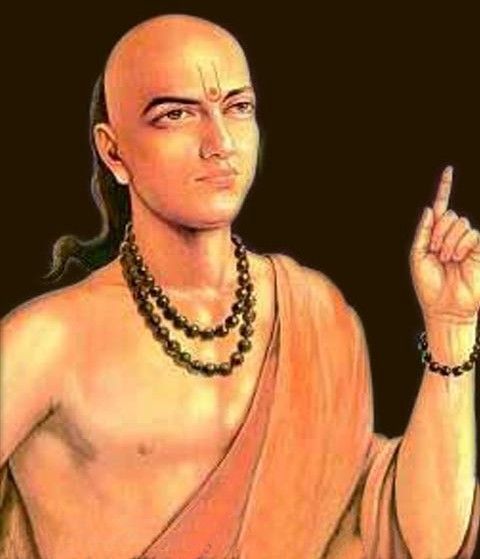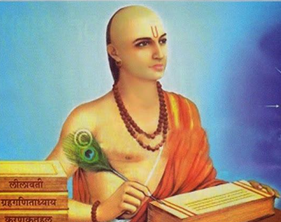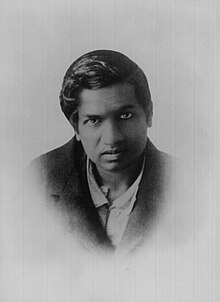Aryabhata (born 476 CE, circa 500 CE) emerges from the annals of science as a renowned Indian mathematician and astronomer contributing to Indian mathematics in its classical period, considerably shaping the his commentary on historical events in these two disciplines. His famous book, the Aryabhatiya, in the form of highly condensed yet clear and comprehensive treatment set in Sanskrit verse, condenses into one the corpus of mathematical and astronomical knowledge that had been used for centuries. Very far head of his turbid ages, Aryabhata wrote that zero was reality, proved it by holding it responsible for the ten-value system, discussed trigonometry, and from his mature conclusions carried out some fabulous transmissal calculations in subjects-all related to astronomy. This rare biography seeks out the various truths of the life and accomplishment that this great scholar had worked diligently into, by clearly magnifying the weight of his contributions and voyaging into how they steadfast waylaid the world of science.
Early Life and Context
It is unclear the circumstances of Aryabhata’s family and life, yet the general consensus sets his birth in 476CE and his possible upbringing or predominant scholarly work near Kusumapura, taking into consideration today’s Patna, the capital of Bihar, India. This was the Period of the Gupta Empire, the so-called Golden Age of Indian civilization, which chronicles the raise in the orthodoxy of Indian philosophy and in the explorations of science, arts, and literature. Within that remarkedly nurture some petty folks, Aryabhata was given full and paid leave to dwell on his mathematics, and pursue even the stupendous lectureship at the University midcentury which literally opened the floodgates to massive applications involving Brahmagupta and Bhaskara I. If any other information on this eminent scientist were required, it would have been the information that was denied, for the science overwhelmed the scientists of that age more than the individual himselfelic.
The magnum opus
For intense intellectual effort and brilliance, the Aryabhatiya fusmt stand out as the most prestigious work. Aryabhata spread out hard scientific evidence in only 121 downy Sanskrit verses. This work expressed the entire history of theory in astronomy and mathematics in a style almost compacted to the extreme limit. Aryabhatiya is divided into four main sections: Another look at Introductory Fold, which is the Dashagitika, where all the basic definitions (of astronomical constants and expanded sine table) materialized and went as to prove yet again just how far Aryabhata could go in replacing complexity in the simplest style; Ganitapada, involving mathematics, especially elementary: arithmetic, algebra, jyotiry (plane) astro+nomy, astronomy-reducing the methods for finding the squares and cubics, helping unfractioned & simultaneous equations, present trigonmetric functions, explaining the concept of chords and introducing the basic theories of sines; and Kalakriya, which cover single term for any time calculation, from days of the week, months, and year in total.
The last Golapada dedicated to descriptions of celestial bodies on the Earth’s shape and from rotation to planets to eclipses and instruments for perspicuous from the celestial celestial sovereign.
The Aryabhatiya presented a different way of thinking; it was an integral mathematical model that served as a basis for formation of qeries aiding those that come behind it. The literature of the Aryabhatiya went beyond the frontiers into the Middle East, spanning to influence mathematical and astronomical development in Europe.
Revolutionary Mathematical Concepts
Aryabhata made groundbreaking contributions to mathematics. He is famous for his contribution to the introduction of zero as a number and its importance in a number place-value system. The concept of zero may have existed before Aryabhata, but his systematic treatment identified its importance in the place-value notation-system of decimal arithmetic, upon which the entire domain of mathematics rests; hence, the decimal arithmetic allows the representation of arbitrarily large numbers, thus, opening the doors for further computations in mathematics.
Aryabhata’s books interest highly in trigonometry, where accurate sine tables and trigonometric functions are employed in solving problems in astronomy. Besides all this, Aryabhata came near to the correct valuing of pi (π) 3.1416 and stated some explicit ideas on its exact nature.Argbhata’s approximation of π is to and partitioning four decimal places.



